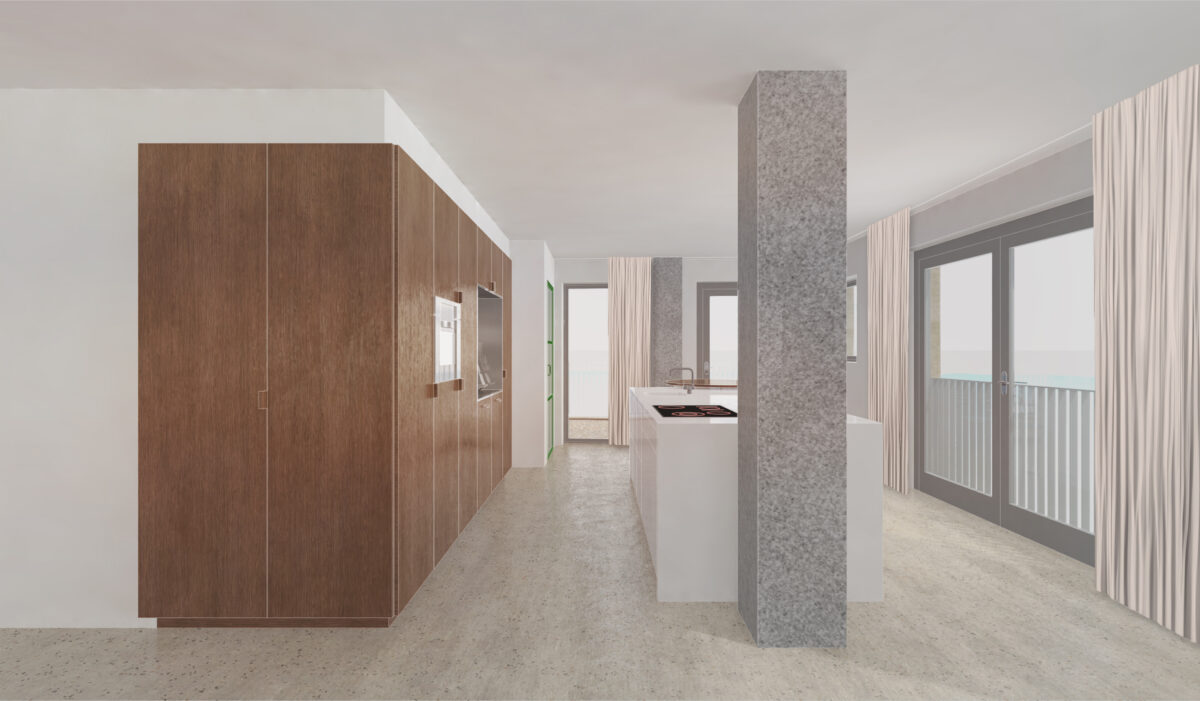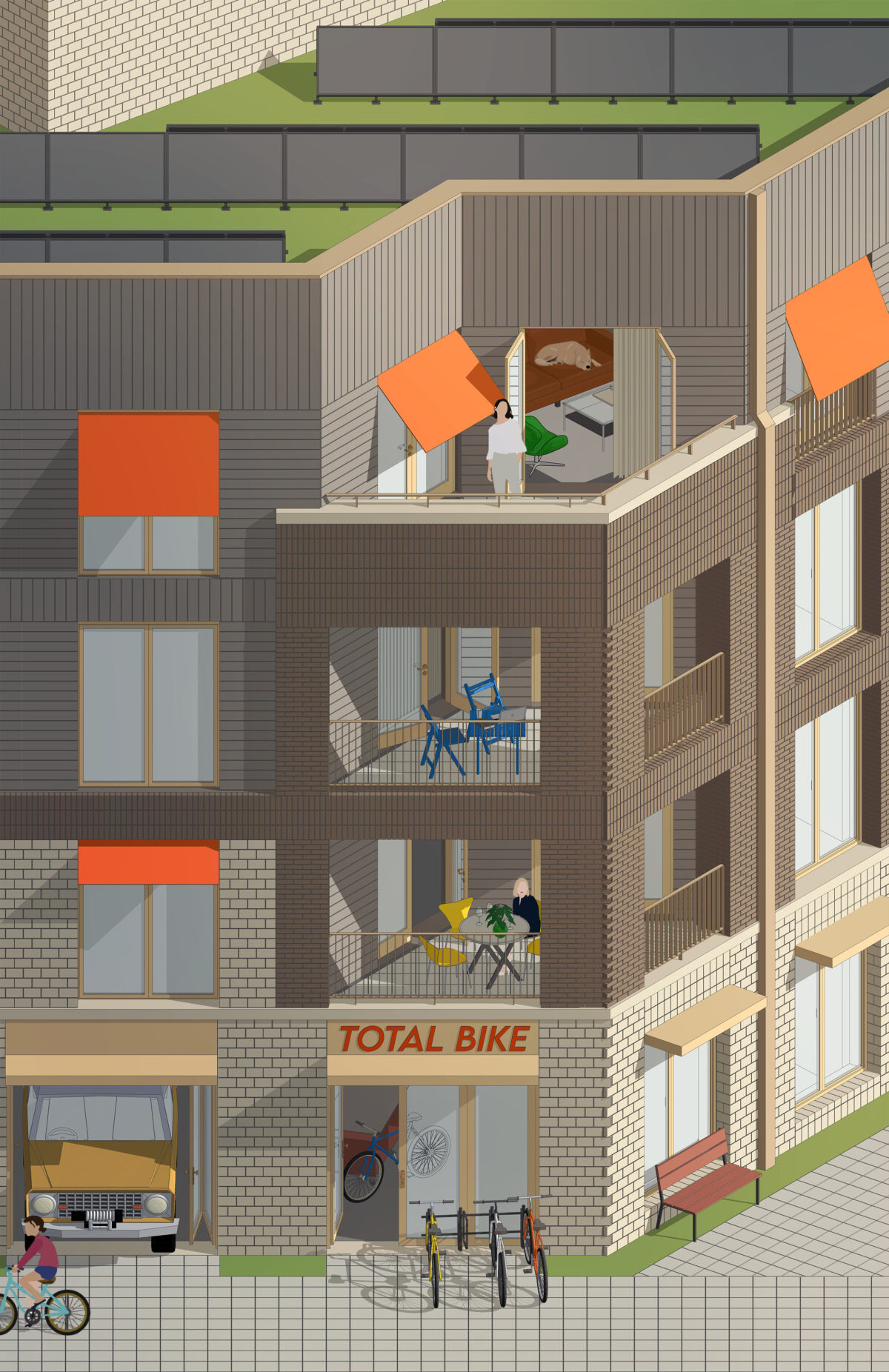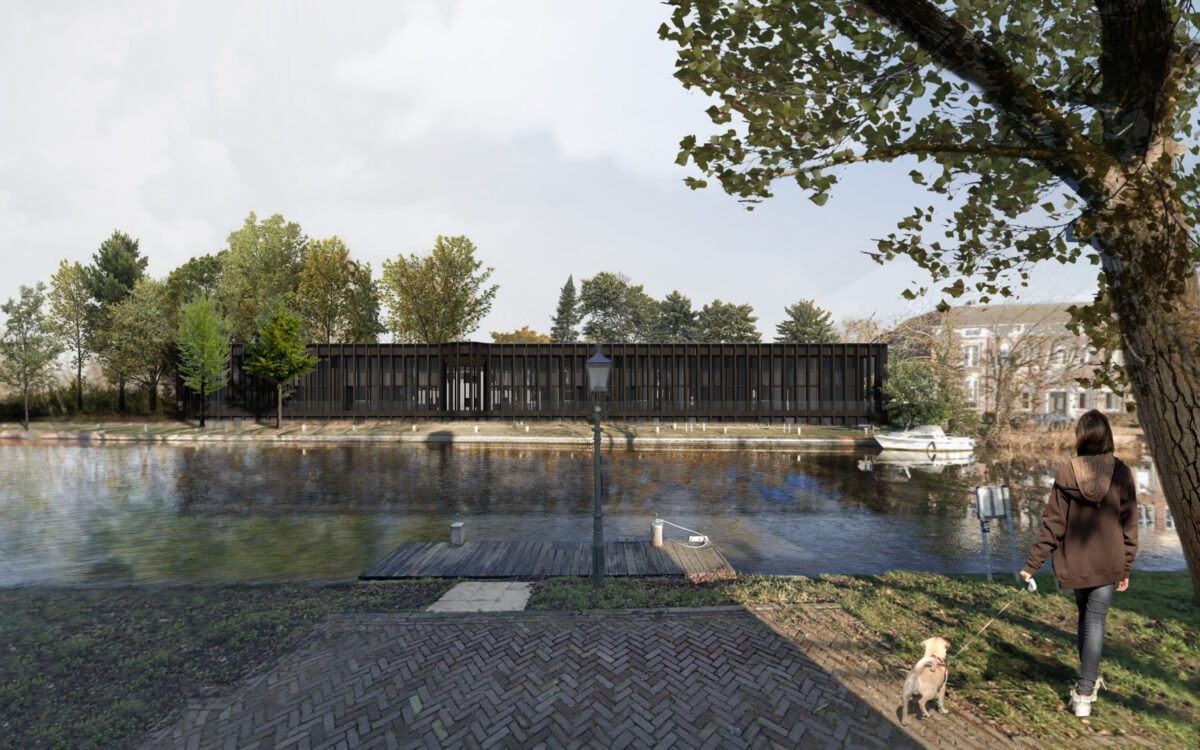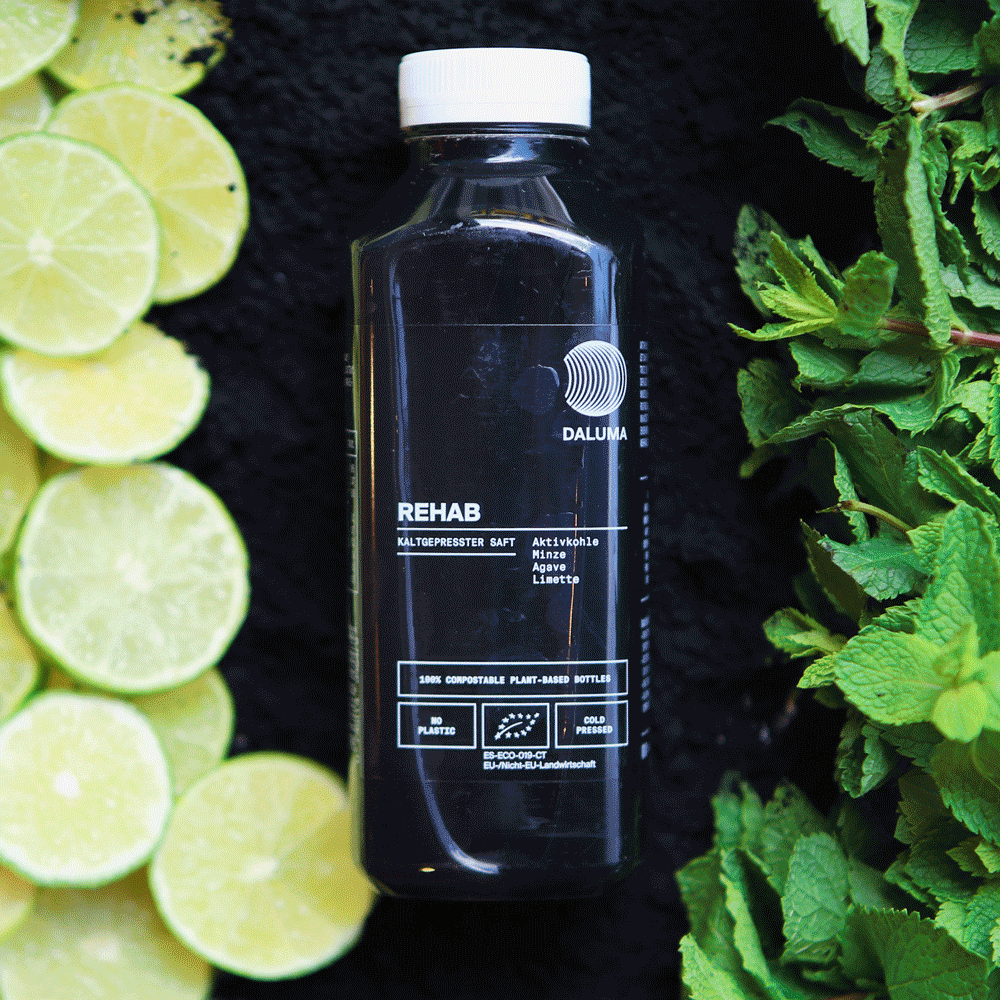Robin, Gerard, and their expanding family are soon going to call Toren van Babel their home, a new housing block conveniently situated in close proximity to Rotterdam’s city centre. By the water of the Maas and Schiehaven, this building will accommodate a rich variety of two-story new-build duplex homes spanning from approximately 80m² to 155m². Their apartment, positioned on the sixth and seventh floors, has a southern orientation. For this assignment, I am carefully crafting and designing their new interior, producing detailed plans and 3D visualizations.
Together, we have curated a comprehensive list of requirements encompassing the kitchen and living space, as well as the sleeping quarters and bathroom. I am generating fresh ideas and offering guidance on materials, furniture, and color selections.




